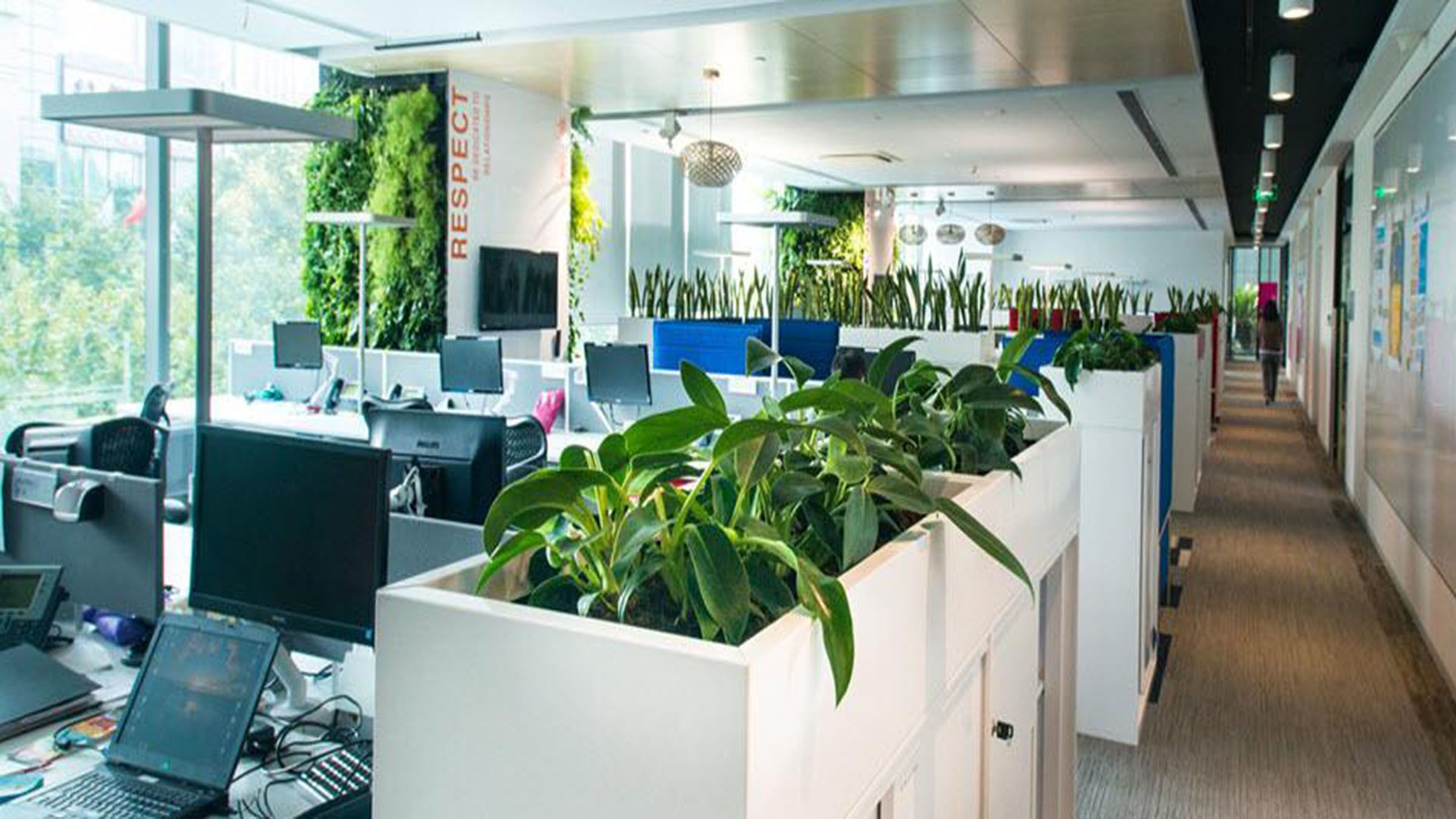The year 2023 brings with it a renewed perspective on face-to-face work as organizations and professionals reimagine the workplace in the wake of the global pandemic. While the pandemic necessitated remote work, the return to face-to-face work presents an opportunity to redefine and optimize the traditional work environment.
In this evolving landscape, the concept of the physical workspace is undergoing a transformation. Organizations are reimagining office layouts to foster collaboration and creativity that could encourage spontaneous interactions and idea sharing.
Additionally, the integration of smart technology and ergonomic design elements creates a comfortable and efficient work environment.
With the resurgence of face-to-face work, it is crucial to prioritize employee well-being and work-life balance. Flexible work arrangements that combine in-person and remote work can empower employees to manage their personal and professional responsibilities effectively.
Organizations can create mentorship programs that facilitate knowledge transfer and skill development among employees. By fostering a culture of continuous learning, organizations empower their workforce to adapt to changing industry trends and seize new opportunities.
The integration of technology remains crucial even in face-to-face work environments. Collaboration tools, project management software, and digital communication platforms enable seamless connectivity and information sharing.
Organizations should invest in up-to-date technology infrastructure to support efficient and effective face-to-face collaboration and streamline workflows.
Creating an inclusive and diverse work environment should also be a priority. Embracing diversity in terms of gender, ethnicity, age, and background fosters innovation and enhances organizational performance. Organizations should implement inclusive policies, provide equal opportunities for career advancement, and create a culture of respect and acceptance.
Implementing eco-friendly practices such as energy-efficient buildings, waste reduction initiatives, and promoting sustainable commuting options can contribute to a greener workplace.
